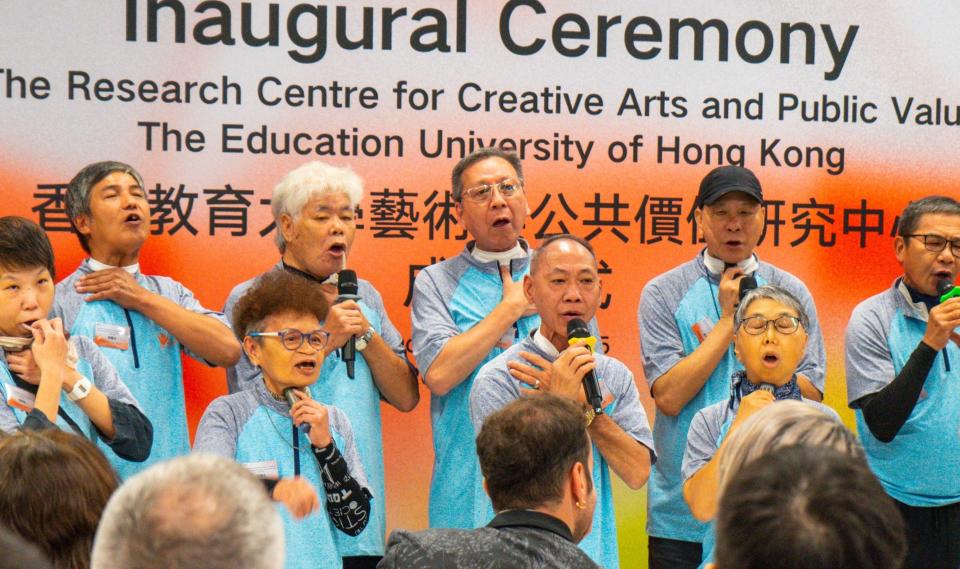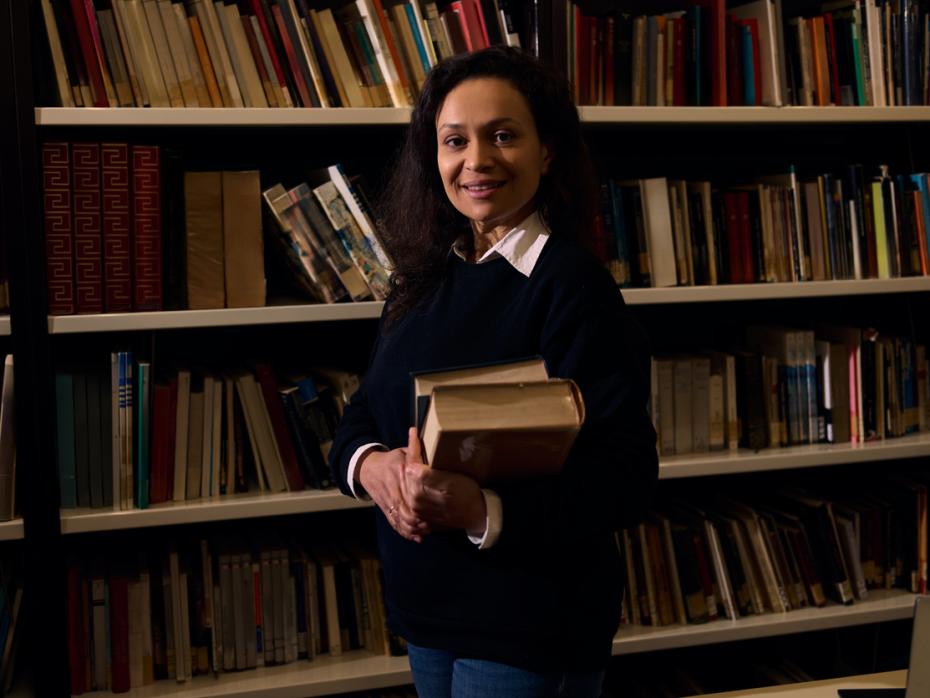A feature of Hong Kong’s publicly-funded university sector is the pursuit of a balanced approach to talent development. It acknowledges the value of arts and humanities fields across the sector, creating the conditions for those fields to develop. Researchers and teachers are expected to engage with questions of public value. In Hong Kong, impact beyond academe, knowledge transfer and community engagement are all terms that feature centrally in the work of arts and humanities scholars.
Speculative, stipulative or purely philosophical accounts of value have, in fact, been part of arts and humanities traditions for a long time. Today, something more is needed and this is where the above terms come into the picture. What is especially helpful about terms like these is that they encourage clear thinking about who it is benefitting from arts and humanities-related practices and interventions, linking positive outcomes to specific types of data and clearly defined timeframes.
- How can universities show the impact of research and boost connections with the public?
- An early career researcher’s guide to impact
- What Frankenstein’s monster can teach researchers about the dark side of ‘impact’
To this mix of terms, I would like to add the idea of exemplars of public value. As I see it, exemplars of public value offer an effective way of making the case for arts and humanities fields. By this, I mean a public staging of arts and humanities-based research to express its tangible value.
Recently, the launch of the Research Centre for Creative Arts and Public Value at Hong Kong’s Xiqu Centre featured an example of this. The launch was structured around the work of two choirs: the Shout at Cancer Choir in the UK and the New Voice Club of Hong Kong Choir. Both choirs consist of singers whose voice boxes have been surgically removed in response to cancer. Singers use their everyday prosthetic devices to perform.
Designed to convey the important message that “creativity can reframe disability as resilience, and rehabilitation as art”, as stated by Thomas Moors, surgeon and choirmaster for the Shout at Cancer Choir, the launch featured singing by the two choirs. We also made time for reflections on the process of creating a laryngectomy vocal tract organ for the first time, a new musical instrument built from 3D-printed MRI scans of the UK-based choir members’ reconstructed vocal tracts.

Physically present at the launch was one of the 3D-printed vocal tracts, and participating in the launch virtually was the laryngectomee singer Alan Morgan, whose MRI scan was the very basis of the object in question, and research scientist David Howard, who undertook the work of 3D-printing the MRI scans at his Lab at Royal Holloway, University of London.
Our aim was to create an especially moving set of conditions for the audience’s engagement, in a Q&A session with the researchers, singers and choir masters. Together, they improve the lives of a community that has been affected by life-threatening illness, and by the loss of personal identity that invariably accompanies the loss of a distinctive voice.
An exemplar of public value offers an important way of making the case for the arts and humanities, adding a tool to the relevant toolkit. Pathways to impact statements are helpful in the context of research grants, and when it comes to peer-reviewed research articles, data collection and analysis will typically be crucial.
But let us also hone the skills needed to devise and create exemplars of public value. These exemplars do not probe the details or the depths of the relevant research or creative practices. What they offer is a compelling and unforgettable experience of the value of projects firmly anchored in the arts and humanities. In the case discussed above, the event highlighted a number of important transdisciplinary collaborations, as artists collaborated with doctors and scientists specialising in the technicalities of rehabilitation. This serves to strengthen the exemplar’s persuasive force, as recognition from fields beyond the arts and humanities is built in.
In showcasing this incredible project, we followed these steps:
- Select an established performance or community-based venue, so it can be easily reached by the public
- Create a programme of activities that prioritises performance
- Situate it in relation to a research context, by offering a brief, non-technical account of the research project
- Feature a round-table exchange among researchers, practitioners and participants, opening up for questions from the audience
- Express gratitude to the participants, whose lives give purpose to the research
- Provide fruit, nuts and lemon water: a humble way to encourage mingling across roles and identities
Mette Hjort is chair professor of film and media and director of the Research Centre for Creative Arts and Public Value at the Education University of Hong Kong.
If you would like advice and insight from academics and university staff delivered direct to your inbox each week, sign up for the Campus newsletter.




comment